What Cat Owners Need to Know About Cat Eyes
03.03.2022.
They say eyes are windows into the soul, and cat eyes are certainly one of the best things you can look into. Cat owners are fascinated with their cat’s eyes, and honestly, who can blame them?! They are absolutely stunning. Here are a few things cat owners should know about their cat’s eyes.
Why do cats have such unique eyes?
Unlike most of the animal kingdom, cats’ eyes are shaped differently. Based on recent research, the cat’s unique eye shape is shaped by how they use their vision. Humans and dogs have circular pupils, and cats have vertical. The black part of their eye is can close and open quickly, regulating the amount of light it comes into them.
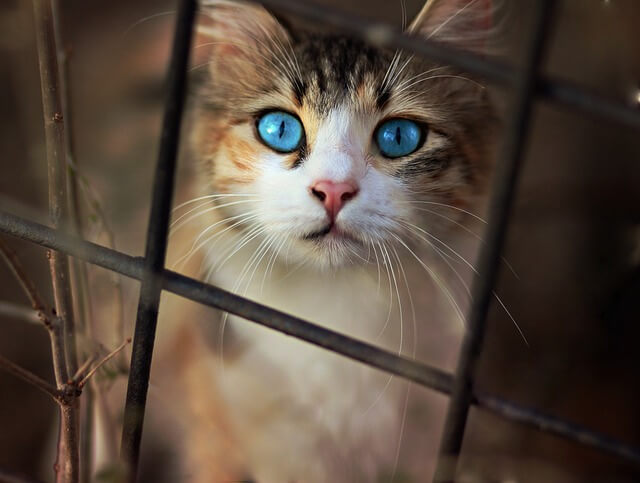
Cats are predators, and vertical pupils are a significant advantage when hunting in dark or low-light settings. Their pupils can expand 135 times, which means 135% more light will enter the cat’s pupil. That means they have excellent “night vision.” However, cats cannot see in the complete dark. They need at least a faint light source to see. In most cases, the moon provides enough light for cats to normally see in the dark.
RELATED: Can Cats See in the Dark? Here's What Experts Say
Cat pupil size
A cat’s pupils should always be the same size. They should regulate “automatically” based on external stimuli. During the day, their pupils will constrict and can be very thin. In low-light environments, the cat’s pupils will widen. That will allow more light to enter the eye, and the cat will see better.
However, there are situations where a cat’s pupils can become differently sized. That is usually a sign of a problem. It means the pupils are not reacting correctly to external stimuli, and the owner should take their cat for a checkup. Some of the possible reasons a cat’s pupils might be different sizes are;
- Horner's syndrome
- FeLV (causes spasms and uncoordinated pupil movement)
- Inflammation
- Tumors
- Injury of the central nervous system
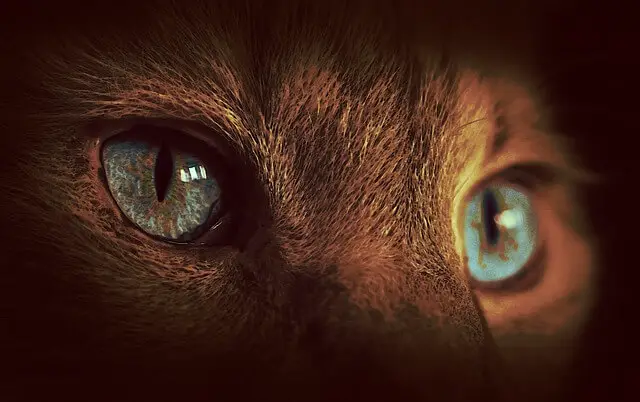
It is vital cat owners take their cats for a checkup if they notice their cat’s pupils are different. The sooner the vet makes a diagnosis, the sooner the cat can receive treatment.
RELATED: 7 Most Common Cat Noises and Their Meaning
A cat’s third eyelid
Like dogs, cats have a third eyelid. The scientific term for the third eyelid is a nictitating membrane. Its main job is to protect the cat’s eyes from dryness and damage. Most of us will easily notice the cat’s third eyelid, and it is not uncommon for cat owners to get really worried about their cat’s health. A showing third eyelid doesn’t necessarily mean there’s something wrong with the cat. For example, really happy cats might show their third eyelid. However, a sick cat’s third eyelid will cover their eye partially, and it can be a pretty clear sign the owner should take the cat for a checkup. This is usually accompanied by several other symptoms.
RELATED: Why do Cats Knead? What Does Kneading Mean?
The cat’s eyes reflect their mood
This might sound special, but it is actually a common occurrence in the animal kingdom. In fact, it is common in humans too. You can “read” someone’s mood by looking in their eyes, and cats are no different. For example, a scared or frightened cat will have wide-open eyes with completely dilated pupils. It is a natural reaction where the brain gathers as much information as possible. An angry cat will have narrow pupils, and if a cat is happy, its eyes might appear darker than usual.
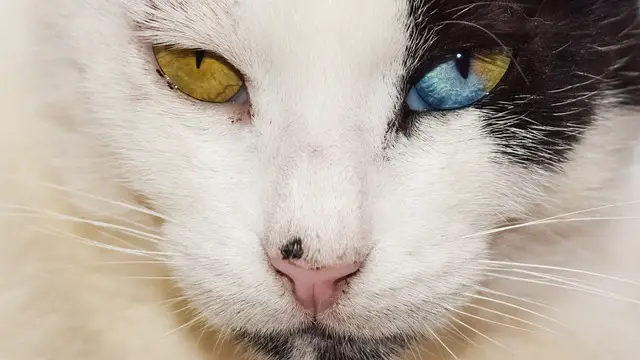
Are cats colorblind?
Many cat owners heard the rumor that cats cannot see color. However, that is not true. Cats have two types of photoreceptors in their eyes - rods and cones. Rods are responsible for picking up light, and cones will detect colors. Since cats have more rods than cones, they see better in the dark, but the colors they see are slightly obscured. They see shades of blue and green, but red and pink are confusing them.
RELATED: 7 Things You Need to Know About Your Cat's Ears
Fun facts about cat eyes
We already mentioned cats’ eyes are fantastic. There are many interesting things about their eyes, and here are our favorite fun facts about cat eyes;
1. 20/100 vision
Humans have 20/20 vision, which means we can see perfectly the Snellen chart from 20 feet away. Cats have 20/100 vision, which means they can see things far away, but things right in front of them can be fuzzy.
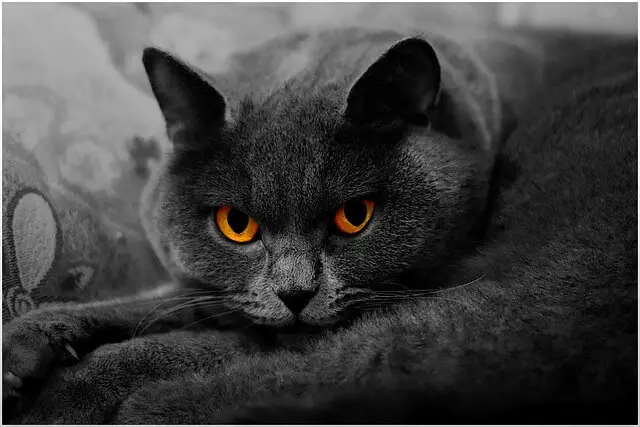
2. Can’t see beneath their nose
Cats will have problems seeing things right beneath their noses. You can even test that yourself. Simply place a cat treat right beneath your cat’s nose, and you will notice the cat needs to root around to find it. However, their whiskers help them with that.
3. Blinking can mean kisses
Cats use their whole bodies to communicate, and one of the ways they express love and affection is through blinking. Cats will blink slowly towards the person or animal they love and feel safe around. Slow blinking can be described as your cat giving you a kiss!
4. Blue-eyed cats are often deaf
Scientists found different correlations between coat color, eye color, and various health issues. One of the things they noticed is that blue-eyed cats are often deaf. For example, white cats with blue eyes can be deaf, and white cats with differently-colored eyes are often deaf on the blue eye's side.
World Cat Finder Team

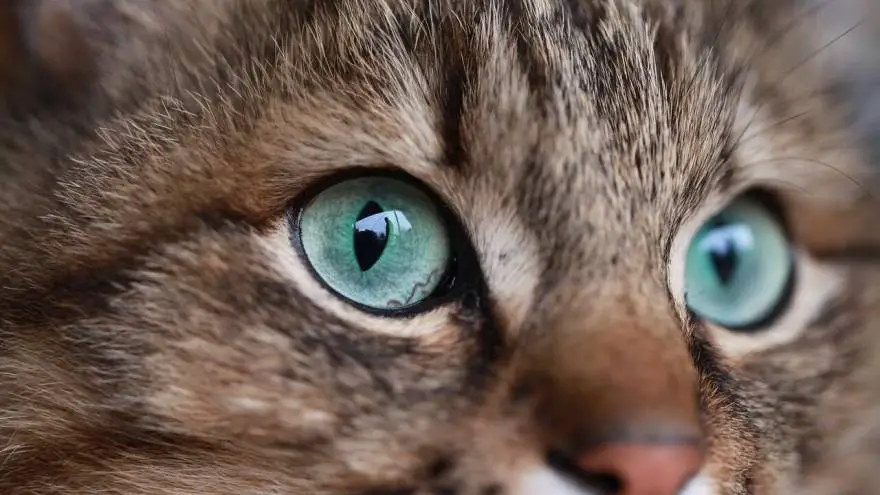
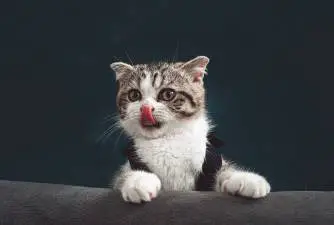
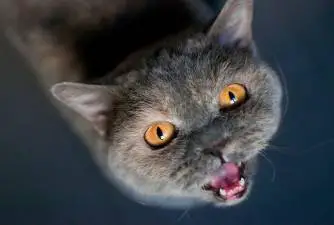
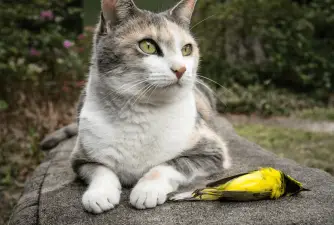
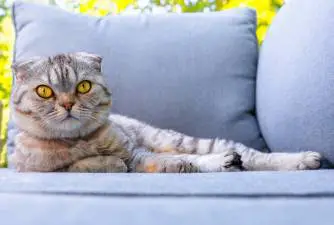

Share